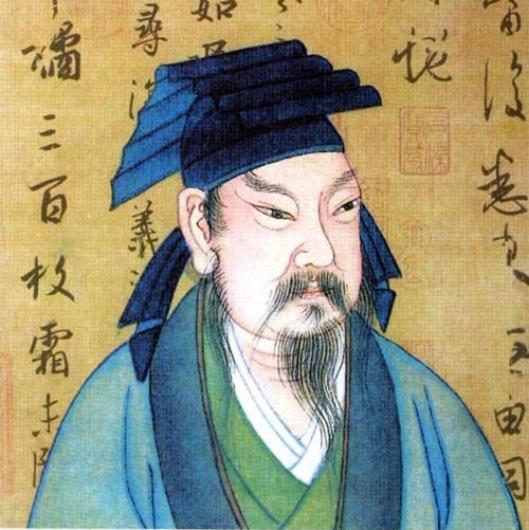Wang Xizhi (303-361, Yizuo 321-379), a Han Chinese calligrapher of the Eastern Jin Dynasty, was known as the "Book Sage". A native of Langya (present-day Linyi, Shandong), he later moved to Jishanyin (present-day Shaoxing, Zhejiang), and lived in seclusion in Jinting, YaXian County in his later years.
Wang Xizhi successively served as secretary of The General of Ningyuan, General of Jiangzhou, and later Ofeshi of Huiji, leading the Right General. His calligraphy is also good at subordination, grass, kai, and line, refining the posture, pursuing the heart, collecting the strengths of the people, preparing all the bodies, smelting in one furnace, getting rid of the Han and Wei pen style, becoming a family of its own, and having a far-reaching influence. The style is peaceful and natural, the gestures are euphemistic and subtle, and the beauty is healthy.
Wang Xizhi's masterpiece "Preface to the Orchid Pavilion" is known as "the first line of the world". In the history of calligraphy, he and his son Wang Xianzhi were collectively known as the "Second King".

Wang Xizhi, who is revered as the "Sage of Books", draws on the essence of the calligraphy of his predecessors, creates an original family, is good at calligraphy, calligraphy and cursive writing, and his writing is beautiful and fresh, "floating like a floating cloud, and like a frightening dragon". According to the comprehensive book reviews of the past dynasties, Wang Xizhi's calligraphy has acquired divine skills, ever-changing, self-contained, and the pinnacle of perfection, that is, calligraphy, and cursive writing (present-day grass).
The three bodies of kai, xing, and grass have been gradually evolving since the Han and Wei dynasties. The direction of evolution is to cut out the complex and simplify, tending to be fast and practical. The way of evolution is the respective efforts of folk craftsmen, official scholars, and dignitaries and dignitaries, and clear streams of scholars, which influence each other and are sublimated by the tempering of outstanding scholars and converge into the mainstream. Wang Xizhi is a typical representative of these outstanding scholars.